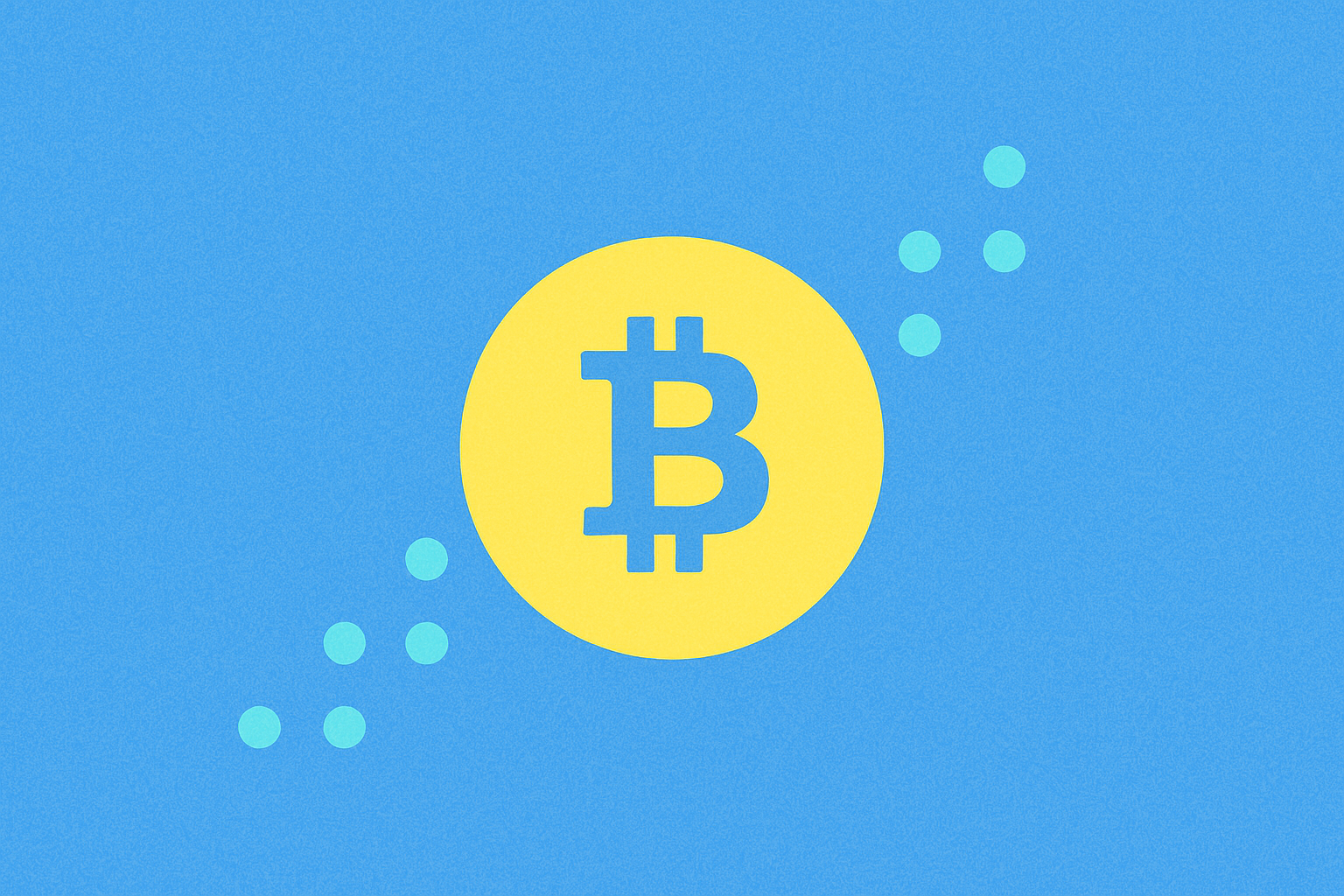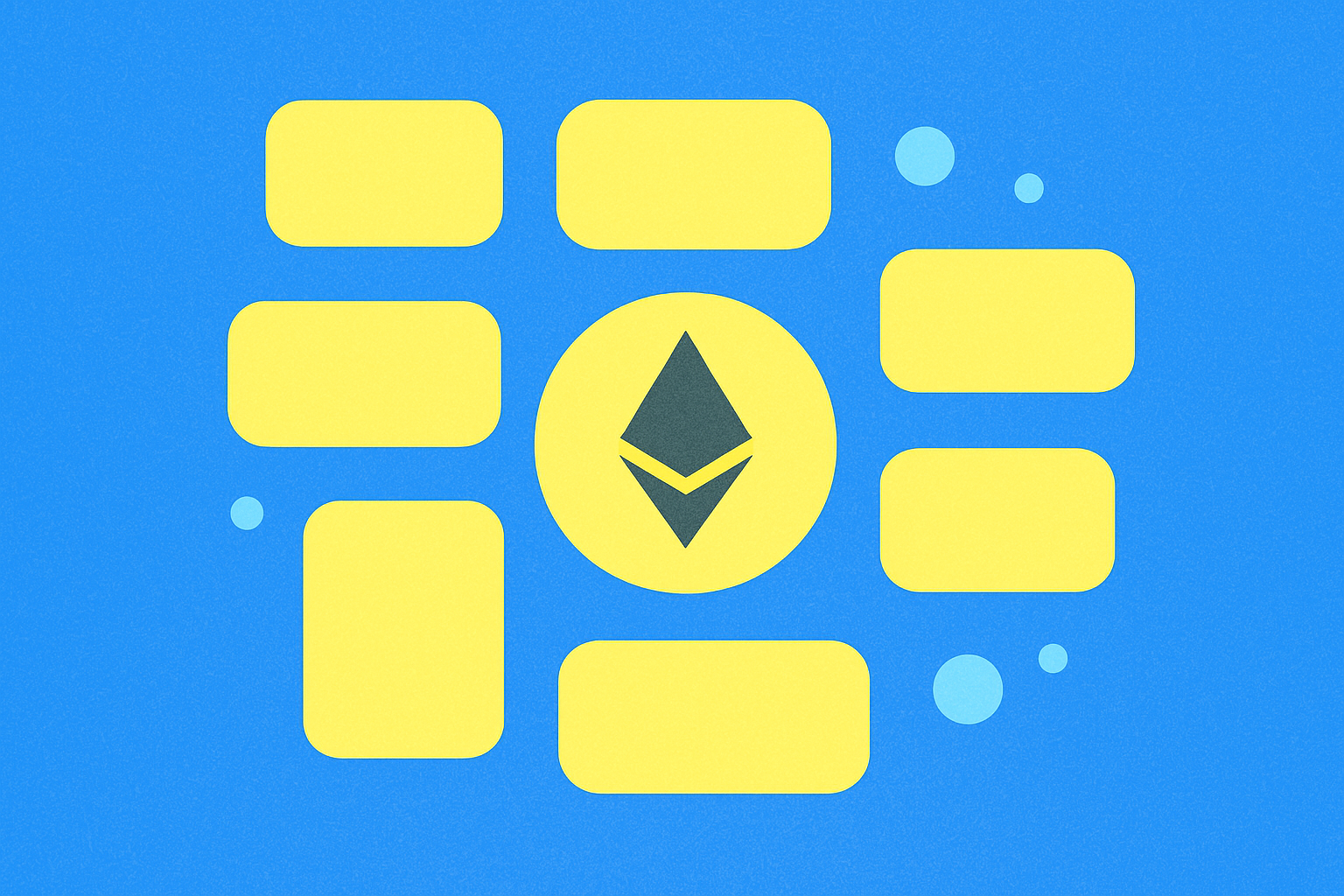2030 yılında CRO Token'ın ekonomik modeli nasıl işler?


CRO tokenının toplam arzı 100 milyar ile sınırlandırılmıştır
Cronos (CRO) tokenının maksimum arzı kesin şekilde 100 milyar token olarak belirlenmiştir. Bu sınır resmi olarak onaylanmış olup, çeşitli güncellemeler ve yeniden düzenlemeler boyunca değişmemiştir. Sabit arz, CRO’nun token ekonomisinde temel bir rol oynar; Cronos ekosistemi için yatırımcılara ve kullanıcılara netlik ve öngörülebilirlik sunar. Konunun daha iyi anlaşılması için CRO’nun arzını diğer büyük kripto paralarla karşılaştırabiliriz:
| Kripto Para | Maksimum Arz |
|---|---|
| Cronos (CRO) | 100 milyar |
| Bitcoin (BTC) | 21 milyon |
| Ethereum (ETH) | Sabit bir sınır yok |
CRO’nun güncel dolaşımdaki arzı yaklaşık 36 milyar token olup, bu toplam maksimum arzın yaklaşık %36’sına denk gelmektedir. Bu veri, ekosistem içinde genişleme ve dağıtım için hâlâ önemli bir alan olduğunu gösterir. 100 milyar tokenlık sabit sınır, enflasyonun önüne geçerek CRO’nun değerinin sınırsız üretimle seyreltilmesini engeller. Bu yaklaşım, Cronos’un merkeziyetsiz finans ve oyun uygulamaları için istikrarlı ve sürdürülebilir bir blokzincir ekosistemi sunma misyonuyla örtüşmektedir. Cronos’un benimsenmesi arttıkça; 500’den fazla uygulama geliştiricisiyle kurulan ortaklıklar ve dünya genelinde 100 milyonu aşan kullanıcı tabanıyla sabit arz sınırı, CRO’nun ekonomik modelinin temel taşlarından biri olmaya devam etmektedir.
Staking ödülleri ve yakım mekanizması, CRO'nun ekonomik modelini destekliyor
CRO’nun ekonomik modeli, staking ödülleri ve yakım mekanizmasıyla güçlendirilmiştir; bu iki yapı birlikte dengeli bir token ekonomisi oluşturur. Staking ödülleri, token sahiplerini ağ güvenliği ve yönetime katılım için teşvik ederken; yakım mekanizması dolaşımdaki arzı azaltarak CRO’nun kıtlığını ve potansiyel değerini artırır. Son dönemde sunulan bir öneriye göre, ilk yıl yaklaşık 100 milyon CRO tokenı (yıllık ödüllerin %15’i) yakılacak ve etkin enflasyon oranı %2,49’dan yaklaşık %2,1’e düşecektir. Bu stratejik yaklaşım, token sahipleri için uzun vadeli değer teklifini güçlendirmeyi amaçlamaktadır.
Bu mekanizmaların CRO’nun token ekonomisine etkisi aşağıdaki verilerde görülebilir:
| Metrek | Yakımdan Önce | Yakımdan Sonra |
|---|---|---|
| Enflasyon Oranı | %2,49 | %2,1 |
| Yıllık Yakım | - | 100 milyon CRO |
| Toplam Arz | 98.091.660.282 | Azalıyor |
Bu mekanizmalarla Cronos, daha sürdürülebilir bir ekonomik model oluşturmayı hedefler. Düşen enflasyon oranı ve azalan arz, tokenın zaman içerisinde daha fazla kıtlaşmasına ve değerinin yükselmesine neden olabilir. Ancak, piyasa dinamikleri ve dış faktörlerin tokenın genel performansı ve değeri üzerinde önemli etkileri olduğu unutulmamalıdır.
CRO'nun değeri doğrudan fiyatına bağlı değildir
Cronos’un yerel tokenı CRO’nun değeri, piyasadaki fiyat dalgalanmalarının ötesindedir. Fiyat önemli bir gösterge olsa da, CRO’nun Crypto.com ekosistemindeki gerçek faydasını tam olarak yansıtmaz. İşlem ücretlerinin ödenmesi, blokzincir güvenliği için staking yapılması ve Crypto.com platformunda avantajlar sağlaması gibi birçok işlev CRO’nun içsel değerini ortaya çıkarır. Bu faydalar, tokenın piyasa fiyatından bağımsız olarak CRO’ya değer katmaya devam eder.
Bunu göstermek için CRO’nun geçtiğimiz yılki performansına bakalım:
| Metrek | Değer | Değişim |
|---|---|---|
| Fiyat | $0,1518 | %95,47 artış |
| Piyasa Değeri | $5,47B | - |
| Dolaşımdaki Arz | 36,06B | - |
Fiyatında önemli bir artış olmasına karşın CRO’nun değer önerisi ekosistem fonksiyonlarına dayanır. Örneğin, CRO staking yapan kullanıcılar, tokenın piyasa fiyatından bağımsız olarak Crypto.com platformunda ödüller kazanabilir ve gelişmiş özelliklerden yararlanabilir. Ayrıca, CRO’nun Cronos blokzincirinde işlem kolaylığı sağlaması, tokenın işlevsel değerini daha da öne çıkarır.
Cronos ekosisteminin 500’ün üzerinde uygulama geliştiricisiyle yapılan iş birlikleri ve 100 milyonu aşan potansiyel kullanıcı kitlesi, CRO’nun değerini fiyatın ötesinde pekiştirir. Bu büyüyen ağ etkisi ve artan kullanım, CRO’nun gerçek değerinin ekosistem entegrasyonu ve teknolojik gelişmelerde yattığını; yalnızca piyasa fiyatı hareketleriyle sınırlı olmadığını ortaya koyar.
SSS
CRO coin iyi bir yatırım mı?
CRO coin, 2025 yılı için büyüme potansiyeli sergilemektedir. Genişleyen ekosistemi ve ortaklıklarıyla, kripto piyasasında konum almak isteyenler için umut vadeden bir yatırım olabilir.
CRO $10'a ulaşabilir mi?
Bunun mümkün olması, çok yüksek piyasa değeri artışı ve yaygın benimsemeye bağlıdır. Mevcut koşullarda bu hedef oldukça iddialı bir seviyededir.
CRO 5 yıl sonra ne kadar eder?
Mevcut piyasa eğilimleri ve analist tahminlerine göre, CRO’nun 5 yıl içinde $0,50 ile $1,50 arasında işlem görmesi beklenmektedir; piyasa koşullarına bağlı olarak daha yüksek bir büyüme de söz konusu olabilir.
Cronos coin ne kadar yükselebilir?
Piyasa trendleri ve projeksiyonlara göre, Cronos coin 2025’te $0,354’e ve 2030’da potansiyel olarak $1,105’e ulaşabilir.

Chainlink'in Token Ekonomi Modeli, güvenliği ve ölçeklenebilirliği nasıl geliştiriyor?

MTRG nedir: Meter.io'nun Blockchain Platformuna Güç Veren Kripto Token

2025 yılında Hyper (HYPER) için güncel piyasa görünümü nedir?

Token Ekonomik Modeli, kripto projelerinde yönetişim ve kullanım alanlarını nasıl şekillendiriyor?

KAS’in Performansı ve Pazar Payı Rakiplerinden Hangi Açılardan Farklıdır?

XPL'in Token Ekonomi Modeli, ağ güvenliğini ve büyümeyi nasıl destekliyor?

SEI Airdrop Ödülleri’ne Katılım ve Talep Etme Kılavuzu

Kripto para birimlerinde algoritmik alım satım için etkili stratejiler

Stock-to-Flow Model ile Bitcoin'in Değerlemesini Anlamak

İşlem hızının blockchain verimliliğini nasıl etkilediğini anlamak

ENS Domainleri ile Web3 Kimlik Yönetimi





